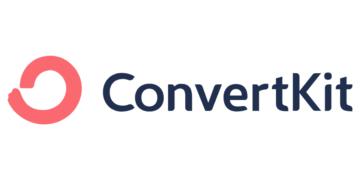No products in the cart.
Navigating Financial Challenges: The Rise of Supplemental Income in America
Introduction to Financial Instability
The current landscape of financial instability in America is becoming increasingly prominent, with a significant portion of the population grappling with heightened economic pressures. Factors such as rising costs of living, excessive inflation, and stagnating wages have conspired to create a challenging environment for many households. As prices for essential goods and services continue to soar, families are finding it increasingly difficult to manage their budgets and maintain a comfortable standard of living.
In recent years, inflation rates have surged, contributing to a general sense of financial unease among consumers. The rising costs associated with housing, food, healthcare, and education have all added to the financial burdens faced by families. As the expenses associated with daily living keep climbing, many households encounter a dilemma: how to balance essential expenditures with limited income. This pervasive issue creates a cycle of financial stress that can have deep-rooted consequences beyond mere monetary repercussions.
The psychological effects of financial instability cannot be overlooked. Prolonged exposure to economic pressures can lead to anxiety, depression, and a reduced sense of well-being. As families struggle to make ends meet, everyday concerns about finances can overshadow their ability to enjoy life’s simple pleasures. Moreover, financial distress often leads to a lack of resources for essential needs such as healthcare and education, consequently impairing the potential for upward mobility.
Against this backdrop of rising economic pressures, many individuals are seeking alternative means of income to alleviate their financial strain. The trend towards supplemental income generation, whether through side jobs or entrepreneurial ventures, has become a crucial strategy for many households striving to regain control over their finances. As the landscape continues to evolve, understanding these financial challenges will be critical in addressing the root causes of instability in American households.
Understanding Stagnant Wages
The phenomenon of stagnant wages has gained increasing prominence in America, particularly as economic pressures continue to mount. Despite some improvements in the labor market, wage growth has often failed to keep pace with inflation and rising living costs. From 1979 to 2020, the real wages for the median worker only increased by about 10%, which is starkly at odds with the significant increases in the cost of living observed over the same period. In fact, according to the U.S. Bureau of Labor Statistics, the consumer price index—reflective of the cost of living—has surged by over 150% in that timeframe.
Several factors contribute to wage stagnation, which has become a critical area of concern. One primary issue is the shift in the labor market dynamics influenced by globalization and technological advancements, leading to an oversupply of workers in certain sectors. Additionally, the decline of union membership has weakened bargaining power for workers, thereby diminishing their ability to negotiate higher wages. This has resulted in an imbalance where productivity continues to increase, yet compensation does not reflect these gains adequately.
The disparity between stagnant wages and the increasing costs of essentials, such as housing, healthcare, and education, creates a climate rife with financial strain for many households. As expenses grow, individuals and families find it increasingly difficult to maintain their standard of living, often resulting in the need for supplemental income sources. In this context, many Americans are seeking secondary employment opportunities or exploring entrepreneurial ventures to make up for the shortfall created by their stagnant earnings. The ongoing struggle against such economic pressures reveals the complexity of the current financial landscape and its profound effects on individuals striving for financial stability.
The Impact of Financial Instability on Mental Health
Financial instability has become a significant concern for many individuals and families across America. The burden of economic pressures, whether from unemployment, unexpected expenses, or stagnant wages, can exert considerable stress on individuals, leading to various mental health issues. Research indicates a strong correlation between financial insecurity and psychological distress, highlighting the urgent need to address these challenges.
Anxiety is one of the most common mental health issues resulting from financial strain. The persistent worry about meeting basic needs, such as housing, food, and healthcare, often leads to heightened levels of stress. Individuals may find themselves in a constant state of fear regarding their financial future, which can manifest in physical symptoms and exacerbate existing mental health conditions. The fear of losing one’s job or falling deeper into debt can create a cycle of anxiety that is difficult to break.
Depression is another significant outcome of financial hardships. The feeling of helplessness that can arise from struggling to make ends meet, coupled with the stigma often associated with financial distress, may lead to isolation and despair. Families impacted by economic pressures may experience a deterioration in relationships, which can further contribute to depressive symptoms. The emotional toll can ripple through entire households, affecting the well-being of all members, including children who may not understand the situation but sense the stress and tension.
Ultimately, the impact of financial instability on mental health is profound and far-reaching. Addressing these economic pressures not only requires financial literacy and accessible resources but also a focus on mental wellness. Society must recognize the importance of supporting individuals facing these challenges, fostering a sense of community and understanding to alleviate the mental health burden that often accompanies financial insecurity.
Exploring Supplemental Income Options
As economic pressures continue to shape the financial landscape, many individuals find themselves seeking additional streams of income to complement their primary earnings. This need has led to a diverse range of supplemental income options that cater to various skills, interests, and availability. Traditional part-time jobs remain a common starting point; these roles often provide stable, albeit limited, additional income and can include positions in retail, food service, or administration. These opportunities often have set hours, allowing individuals to maintain a balance between their main work commitments and supplemental roles.
On the other hand, the gig economy has surged, offering flexible opportunities for those looking to earn extra money on-demand. Platforms such as Uber, Lyft, and DoorDash enable individuals to work when it suits their schedule, harnessing their driving or delivery skills to generate supplemental income. Freelancing is another avenue to explore, with specialists in writing, graphic design, and programming being able to market their services online. Websites like Upwork or Fiverr connect freelancers directly with clients, providing opportunities to charge premium rates based on expertise.
Furthermore, passive income streams are increasingly appealing for those looking to supplement their earnings without directly trading time for money. Individuals might consider investing in stocks, real estate, or creating digital products such as e-books and online courses. Each of these options allows for the potential of earning money without continuous active involvement, which can be particularly beneficial in managing the strain of economic pressures.
Ultimately, the growing variety of supplemental income avenues provides individuals with the chance to enhance their financial security. Whether through part-time roles, gig economy jobs, freelancing, or passive income, exploring these options empowers individuals to navigate their financial landscape more effectively.
The Importance of Building a Financial Safety Net
In an era characterized by economic pressures, the significance of establishing a robust financial safety net has become increasingly paramount. Economic uncertainties can arise from various factors such as job market fluctuations, unexpected expenses, and global crises. In light of these challenges, individuals and families must adopt strategic saving methods to cultivate a sense of stability. A financial safety net is not merely a precaution; it represents a proactive approach to securing one’s financial future.
One effective strategy for building a financial safety net is to create an emergency fund. This fund serves as a financial buffer that can be tapped into during unforeseen circumstances, such as job loss or medical emergencies. Financial experts typically recommend saving three to six months’ worth of living expenses in this fund. By setting a clear savings target, individuals can gradually build this essential cushion and mitigate the risks associated with economic pressures.
Budgeting techniques also play a crucial role in financial planning. By tracking income and expenditures, individuals can identify areas where they can cut back and redirect those savings into their emergency fund. Adopting a zero-based budgeting approach, where every dollar is assigned a specific purpose, can help create a disciplined spending habit tailored to meet financial goals. Furthermore, prioritizing financial objectives, whether they be short-term or long-term, is vital for ensuring that savings are consistently bolstered.
To effectively navigate financial challenges, individuals must develop a mindset that regards saving as a priority rather than an afterthought. Engaging in regular financial reviews to assess progress towards savings goals can also serve to reinforce commitment. Through these practices, a financial safety net not only aids in addressing immediate financial needs but also fosters a sense of security and peace of mind in a world laden with economic pressures.
Case Studies: Americans Seeking Supplemental Income
As economic pressures continue to mount, many Americans are turning to supplemental income as a viable solution to enhance their financial stability. The following case studies illustrate how individuals from various backgrounds have successfully navigated these challenges through creative and proactive approaches.
The first case study involves Sarah, a single mother living in a suburban neighborhood. After losing her full-time job, Sarah faced significant economic challenges that threatened her ability to provide for her children. Understanding the urgency of her situation, she started to explore different avenues for supplemental income. Utilizing her skills in graphic design, she began freelancing online. Sarah’s determination not only allowed her to generate enough income to cover her household expenses but also gave her the flexibility to manage her parental responsibilities effectively. Over time, she even expanded her freelance work into a small business, empowering her to achieve greater financial independence.
In another case, we have David, a recent college graduate burdened by student loans. Faced with rising economic pressures, David sought to supplement his income rather than relying solely on entry-level job wages. He became an active participant in the gig economy, driving for a rideshare service during his evenings and weekends. This approach allowed him to meet his loan obligations while gaining valuable work experience. David’s adaptation to the market’s demands enabled him to not only alleviate his financial load but also to save for future opportunities, demonstrating resilience amid economic challenges.
Lastly, Maria, a retiree, found herself grappling with fixed income and unforeseen healthcare expenses. To combat this, she turned her passion for baking into a small home-based business. By leveraging local community markets and social media, she promoted her baked goods and successfully generated supplemental income. Maria’s story exemplifies how individuals can turn their hobbies into revenue streams, illustrating a clever response to the pressures they face. These cases highlight the diverse motivations and outcomes associated with seeking supplemental income in today’s economy.
Resources and Tools for Financial Management
In today’s rapidly changing economic landscape, individuals are increasingly confronted with economic pressures that require effective financial management strategies. Fortunately, a variety of resources and tools are available to help navigate these challenges, making it easier to maintain financial stability and pursue supplemental income opportunities.
One of the most useful tools available is budgeting apps. These applications, such as Mint, YNAB (You Need a Budget), and PocketGuard, enable users to create and track their budgets effortlessly. They usually provide functionalities that allow users to link their bank accounts, categorize expenditures, and monitor spending habits. By developing a clear financial picture, individuals can make informed decisions regarding their finances and discover ways to supplement their income.
Additionally, financial literacy websites offer a wealth of knowledge and resources to empower users. Websites like National Endowment for Financial Education (NEFE) and MyMoney.gov provide articles, videos, and interactive calculators that cover a wide range of financial topics, from budgeting to investing. Improving financial literacy is crucial for managing economic pressures effectively and identifying potential avenues for additional income.
For those seeking personalized guidance, various organizations offer support and educational programs focused on financial management. Organizations such as the American Financial Services Association (AFSA) and Consumer Credit Counseling Service (CCCS) provide workshops, one-on-one counseling, and valuable resources to help individuals understand their financial situations. These organizations often address the challenges posed by economic pressures and provide strategies for enhancing one’s financial well-being.
In conclusion, leveraging budgeting apps, financial literacy websites, and support organizations can significantly enhance one’s ability to manage finances amid economic pressures. By utilizing these resources, individuals can develop effective financial management skills that lead to sustainable income growth and improved financial health.
Challenges of Balancing Two or More Sources of Income
In today’s economy, many individuals find themselves facing significant economic pressures that compel them to seek supplemental sources of income. While this can provide financial relief, managing multiple income streams also presents distinct challenges that can impact both personal and professional life. Balancing various commitments often leads to time management issues, where the demand of work roles can encroach upon personal time. Finding adequate hours to meet obligations from different jobs while fulfilling family responsibilities can become a daunting task.
Moreover, the potential for burnout is a critical concern for those juggling two or more sources of income. The necessity to remain constantly engaged with work, whether it be through additional part-time employment or freelance projects, can strain mental and physical health. This relentless pace may lead to increased stress levels, resulting in fatigue and decreased productivity over time. Therefore, it is crucial for individuals to establish boundaries between work and personal time to mitigate these effects.
To successfully navigate the complexities of balancing multiple income streams, individuals can implement several strategies. First, effective time management techniques, such as prioritizing tasks and scheduling designated periods for work and rest, can create a structured environment. Utilizing tools like calendars and reminders can help ensure that critical obligations are met without overwhelming oneself. Additionally, incorporating regular self-care practices into daily routines, such as exercise, mindfulness, or leisure activities, can promote overall well-being and resilience against economic pressures.
Ultimately, while the pursuit of additional income is increasingly a reflection of the changing economic landscape, it is essential to approach this endeavor with a balanced mindset. By acknowledging the inherent challenges and actively seeking solutions, individuals can create a more sustainable financial future without compromising their health or personal life.
Conclusion: Understanding the New Norm
As we have explored throughout this blog post, the landscape of financial health in America is undergoing significant transformation, largely due to mounting economic pressures. Rising living costs coupled with stagnant wages have pushed many individuals and families to seek alternative avenues for income. The concept of supplemental income is no longer a niche solution; rather, it has evolved into a vital component of modern financial planning.
The necessity for diversifying income streams reflects broader societal implications. Many people are no longer able to rely solely on a single job to meet their financial obligations. This shift highlights the urgency of reassessing personal financial strategies. Considering part-time work, freelance opportunities, or passive income sources can help mitigate the burden of economic pressures. Such measures not only provide immediate financial relief but also foster long-term stability and independence, adjusting to the realities of today’s economy.
Moreover, it is essential to recognize that navigating these financial challenges does not have to be an isolated journey. Community support plays a crucial role in enhancing resilience against ongoing economic pressures. By connecting with local resources, support networks, and educational programs, individuals can equip themselves with the knowledge and skills necessary to adapt to the evolving economic landscape. These collaborative efforts can lead to better outcomes, empowering everyone to thrive amid changing financial circumstances.
In conclusion, as we face the new norm characterized by economic pressures and the need for supplemental income, it becomes imperative for individuals to take proactive measures towards their financial health. Embracing community resources and fostering a culture of mutual support can lead to positive change. By acknowledging these realities and taking informed steps, society can collectively navigate the complexities of the current financial environment.






















![A Comprehensive Review of [Course/Product/Experience Name] 22 man in gray shirt sitting on black chair](https://theamericansidehustle.net/wp-content/uploads/2025/03/man-in-gray-shirt-sitting-on-black-chair-1-scaled.jpg)














































































